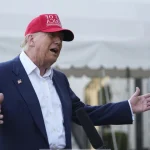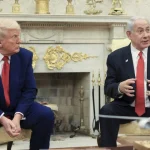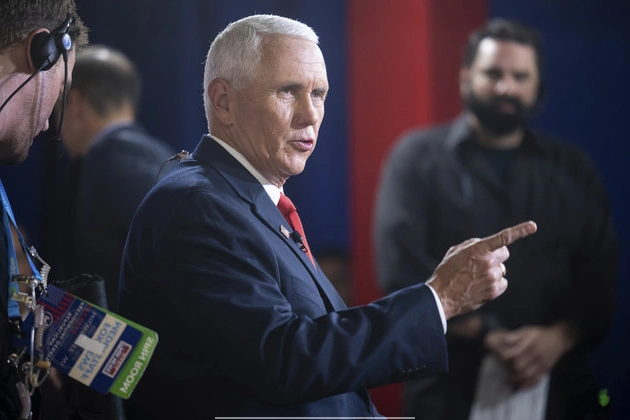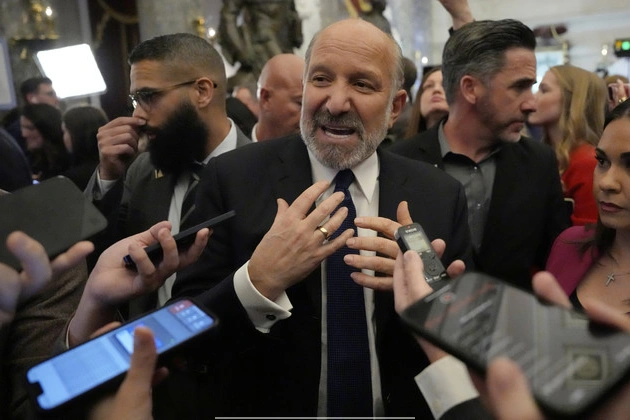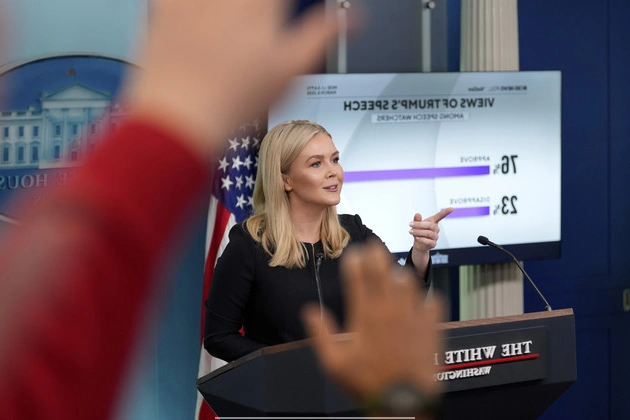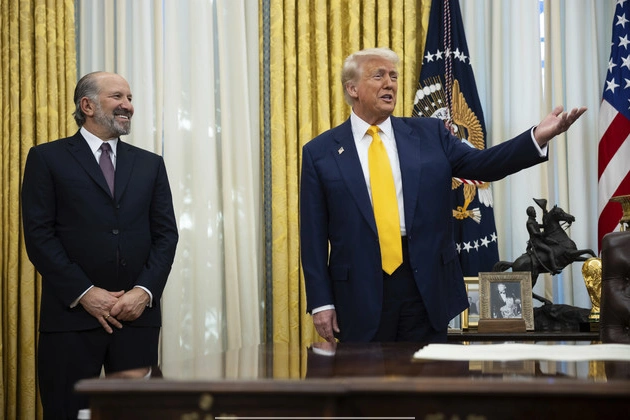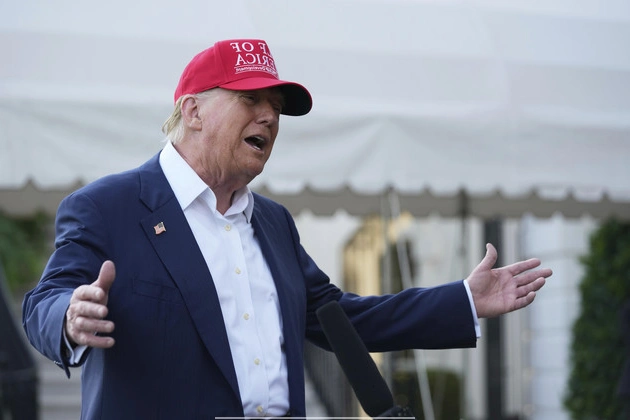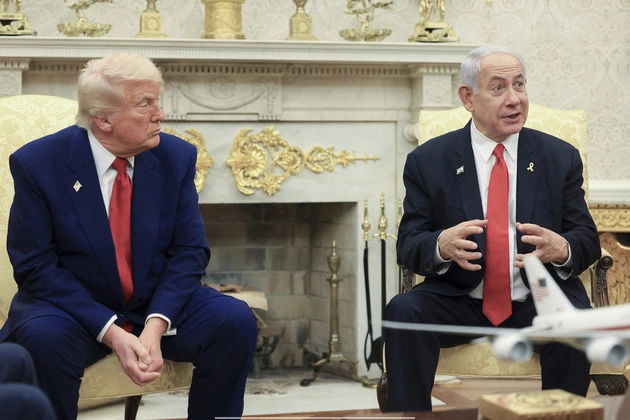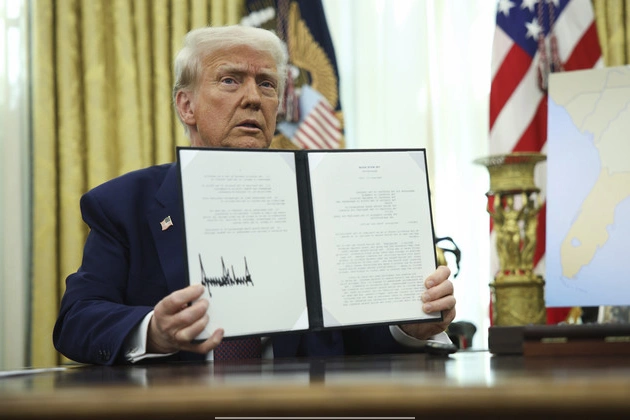
In a significant move, President Donald Trump has set the stage for implementing a “reciprocal” tariff system that could have far-reaching effects on global trade. This new approach aims to address the imbalance in trade relationships that the United States has faced for years.
The Push for Reciprocal Tariffs
The memorandum signed by President Trump outlines a process whereby reciprocal tariffs would be imposed on trading partners based on the barriers each country imposes, both tariff and non-tariff. This initiative is a response to what the administration sees as unfair treatment of the United States in international trade.
Top Cabinet officials are now tasked with studying the matter further to determine specific tariff rates for different countries. This thorough review process is expected to take some time before any concrete decisions are made.
Legislative Framework
The administration is considering various trade authorities to implement this new tariff regime, including Section 301 of the Trade Act of 1974, Section 232 of the Trade Expansion Act of 1962, and the International Emergency Economic Powers Act. These laws grant the president significant power to address trade issues in times of economic need.
Notably, the proposed reciprocal tariff system would represent a departure from the current most-favored nation rate structure that the U.S. has traditionally used. This new approach could potentially reshape global trade dynamics.
Implications of the Proposal
If implemented, President Trump’s plan for reciprocal tariffs would mark a significant shift in U.S. trade policy. By focusing on fair and reciprocal trade practices, the administration aims to create a more level playing field for American businesses and workers.
It is essential to monitor further developments in this area as the administration moves forward with its trade agenda. The impact of these policies on international trade relations and the global economy could be substantial.
